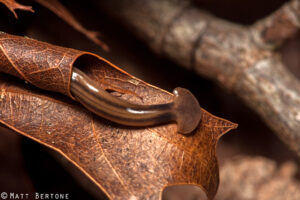
Aliens Among Us?
Some things that you see in horticulture just don’t seem natural…sometimes they almost seem like they are alien! Have you …



El inglés es el idioma de control de esta página. En la medida en que haya algún conflicto entre la traducción al inglés y la traducción, el inglés prevalece.
Al hacer clic en el enlace de traducción se activa un servicio de traducción gratuito para convertir la página al español. Al igual que con cualquier traducción por Internet, la conversión no es sensible al contexto y puede que no traduzca el texto en su significado original. NC State Extension no garantiza la exactitud del texto traducido. Por favor, tenga en cuenta que algunas aplicaciones y/o servicios pueden no funcionar como se espera cuando se traducen.
Inglês é o idioma de controle desta página. Na medida que haja algum conflito entre o texto original em Inglês e a tradução, o Inglês prevalece.
Ao clicar no link de tradução, um serviço gratuito de tradução será ativado para converter a página para o Português. Como em qualquer tradução pela internet, a conversão não é sensivel ao contexto e pode não ocorrer a tradução para o significado orginal. O serviço de Extensão da Carolina do Norte (NC State Extension) não garante a exatidão do texto traduzido. Por favor, observe que algumas funções ou serviços podem não funcionar como esperado após a tradução.
English is the controlling language of this page. To the extent there is any conflict between the English text and the translation, English controls.
Clicking on the translation link activates a free translation service to convert the page to Spanish. As with any Internet translation, the conversion is not context-sensitive and may not translate the text to its original meaning. NC State Extension does not guarantee the accuracy of the translated text. Please note that some applications and/or services may not function as expected when translated.
Collapse ▲
Some things that you see in horticulture just don’t seem natural…sometimes they almost seem like they are alien! Have you …
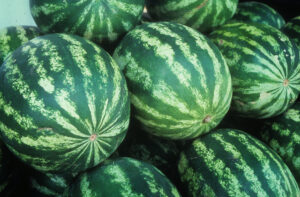
N.C. Cooperative Extension, in collaboration with the N.C. Watermelon Growers Association, will host the 2023 virtual Watermelon Production Meeting …
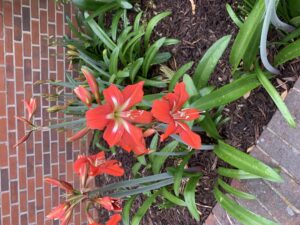
My Amaryllis has bloomed and is gorgeous; what do I do with it now? I was talking with someone from …
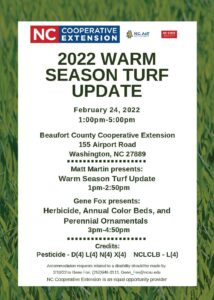
Please join Beaufort County Cooperative Extension for these classes on February 24th from 1:00-5:00. Speakers will be Matt Martin, …
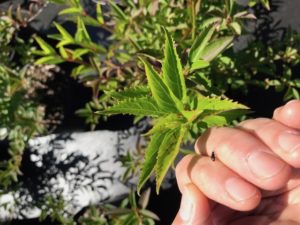
Be on the lookout for red headed flea beetles (Systena frontalis) across the eastern region of NC in container …
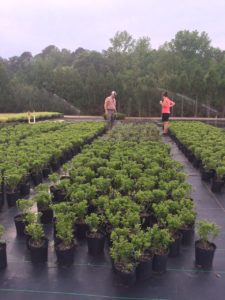
Its that time of year again to prepare to attend the Eastern NC Nursery Conference at the Wilson County …
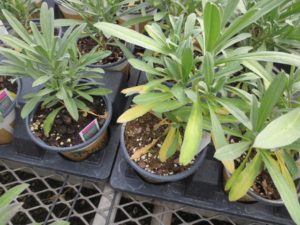
REGISTRATION DEADLINE IS JANUARY 15, 2019. READ THE FLYER FOR MORE INFORMATION. January 29, 2019, NC Greenhouse PourThru Workshop for …
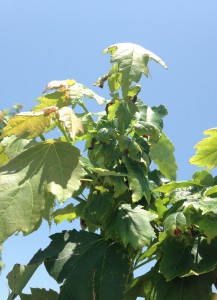
I had several questions related to problems with maples last week. In the process I noticed damage from maple …

May 18, 2016 While visiting eastern NC nurseries last week an insect called the azalea leafminer, Caloptilia azaleella, was mentioned. The …
Commercial blueberries are generally planted in low areas with high organic-matter content. These sites satisfy …

This publication discusses the signs and symptoms as well as management of a variety of …

This factsheet discusses the symptoms and treatment of powdery mildew in strawberries.

This publication offers information on phytoplasmas, organisms that multiply in the phloem of strawberry plants …

Black root rot is caused by a complex of pathogens. These pathogens cause damage to …

This factsheet covers Phomopsis leaf blight, a fungus that causes lesions and defoliation in strawberries.

Angular leaf spot is caused by the bacteria Xanthomonas fragariae and occurs frequently in North …

The symptoms and treatment techniques of southern stem blight in strawberries are discussed in this …